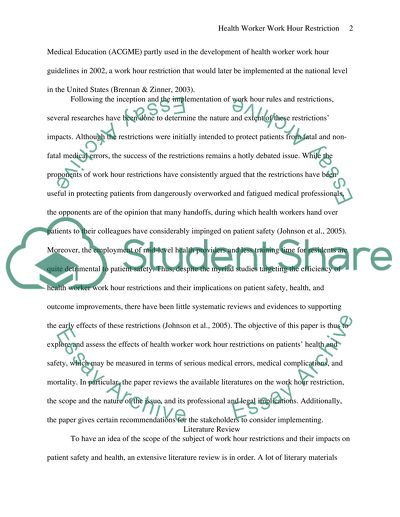Cite this document
(“The Effect of Restrictions on Health Worker Work Hours on Patient Research Paper”, n.d.)
Retrieved from https://studentshare.org/health-sciences-medicine/1444322-the-effect-of-restrictions-on-health-worker-work
Retrieved from https://studentshare.org/health-sciences-medicine/1444322-the-effect-of-restrictions-on-health-worker-work
(The Effect of Restrictions on Health Worker Work Hours on Patient Research Paper)
https://studentshare.org/health-sciences-medicine/1444322-the-effect-of-restrictions-on-health-worker-work.
https://studentshare.org/health-sciences-medicine/1444322-the-effect-of-restrictions-on-health-worker-work.
“The Effect of Restrictions on Health Worker Work Hours on Patient Research Paper”, n.d. https://studentshare.org/health-sciences-medicine/1444322-the-effect-of-restrictions-on-health-worker-work.


